
In today's fast-paced manufacturing landscape, "rapid sheet metal prototyping" has emerged as a pivotal innovation in product development, significantly enhancing design efficiency and reducing time-to-market. According to a report by ResearchAndMarkets, the global sheet metal fabrication market is projected to reach USD 342.1 billion by 2025, reflecting a compound annual growth rate (CAGR) of 4.5%. This growth is fueled by the increasing demand for customized solutions across various industries, including automotive and aerospace, where rapid prototyping allows companies to iterate on designs swiftly without the constraints of traditional manufacturing methods.

By leveraging advanced techniques such as 3D printing and computer numerical control (CNC) machining, businesses can not only improve product quality but also optimize resource usage, ensuring a competitive edge in an ever-evolving market. This article delves into the transformative impact of rapid sheet metal prototyping on innovation and product development, highlighting best practices and future trends that will shape the industry.
 Rapid sheet metal prototyping has emerged as a critical component in contemporary product development cycles, significantly enhancing efficiency and innovation. By utilizing advanced techniques such as laser cutting and automated bending, designers can quickly transform concepts into tangible prototypes. This speed not only facilitates immediate feedback but also enables teams to iterate on designs with remarkable agility. As a result, companies can reduce time-to-market, ensuring that their products meet consumer demands more swiftly and accurately.
Rapid sheet metal prototyping has emerged as a critical component in contemporary product development cycles, significantly enhancing efficiency and innovation. By utilizing advanced techniques such as laser cutting and automated bending, designers can quickly transform concepts into tangible prototypes. This speed not only facilitates immediate feedback but also enables teams to iterate on designs with remarkable agility. As a result, companies can reduce time-to-market, ensuring that their products meet consumer demands more swiftly and accurately.
Furthermore, the role of rapid sheet metal prototyping extends beyond just speed; it also allows for greater design flexibility. Engineers can explore various geometries and materials without the lengthy commitment that traditional methods require. This adaptability encourages experimentation, fostering an environment where creative solutions can thrive. Ultimately, the integration of rapid sheet metal prototyping into product development processes empowers organizations to innovate continuously, adapting to changing market conditions while maintaining high quality and performance standards.
The future of rapid sheet metal prototyping is becoming increasingly vital in product development, as evidenced by key industry statistics highlighting the growing demand for rapid prototyping solutions. According to recent market reports, the global CNC machine market size is anticipated to surge from $101.22 billion in 2025 to $195.59 billion by 2032, reflecting a robust compound annual growth rate (CAGR) of 9.9%. This significant growth is driven by the rising need for quicker turnaround times and the ability to produce complex geometries with precision.
Moreover, as industries understand the critical role of prototyping in minimizing time-to-market and enhancing product quality, investment in advanced manufacturing technologies is on the rise. The demand for rapid prototyping solutions is forecasted to grow significantly, with projections estimating that the rapid prototyping market itself will reach approximately $2.9 billion by 2025. This trend indicates a clear shift towards efficient manufacturing processes, where companies prioritize innovation and adaptability to meet evolving consumer demands. Such statistics reinforce the notion that businesses must embrace rapid prototyping to stay competitive in an increasingly fast-paced market environment.
| Year | Market Size (USD Billion) | Growth Rate (%) | Key Industries | Adoption Rate (%) |
|---|---|---|---|---|
| 2021 | 1.5 | 10.5 | Aerospace, Automotive | 30 |
| 2022 | 1.8 | 12.2 | Electronics, Medical | 35 |
| 2023 | 2.1 | 14.0 | Consumer Goods, Robotics | 40 |
| 2024 | 2.5 | 15.0 | Construction, HVAC | 50 |
| 2025 | 2.8 | 16.5 | Utilities, Manufacturing | 55 |
Emerging technologies are significantly enhancing efficiency in sheet metal prototyping processes, transforming how products are developed in various industries. According to a report by MarketsandMarkets, the global sheet metal fabrication market is expected to grow from $228 billion in 2020 to $290 billion by 2026, indicating a strong demand for rapid prototyping solutions. Techniques such as additive manufacturing and CNC machining are increasingly being integrated into traditional sheet metal processes, allowing for faster iteration cycles and reduced lead times. These technologies enable engineers to produce complex designs quickly and with minimal material waste, ultimately leading to cost savings and improved sustainability.
Furthermore, advancements in automation and machine learning are redefining the capabilities of sheet metal prototyping. The International Federation of Robotics highlighted that the adoption of industrial robots in manufacturing operations is projected to increase by 12% annually through 2025. This automation facilitates precise cutting, bending, and assembly of metal components, allowing manufacturers to meet intricate design specifications while maintaining high production speeds. By harnessing these emerging technologies, companies are not only improving their operational efficiency but also enhancing product quality, making rapid sheet metal prototyping a critical component of modern product development strategies.
Rapid prototyping, particularly in the context of sheet metal fabrication, has seen transformative applications in sectors like automotive and aerospace. Companies are increasingly leveraging advanced manufacturing technologies to expedite product development cycles while enhancing precision and customizability. Notably, the integration of 3D printing in metal applications is projected to reach remarkable growth, with forecasts indicating the market could expand from approximately $2.5 billion in 2024 to nearly $10.9 billion by 2032, achieving an impressive compound annual growth rate of 20.3%.
In aerospace, manufacturers utilize rapid prototyping to innovate aircraft components, significantly reducing lead times and costs associated with traditional manufacturing processes. Similarly, the automotive industry benefits from rapid prototyping by enabling the creation of complex geometries that improve vehicle performance and safety features. These case studies illustrate the undeniable shift towards additive manufacturing, showcasing its potential to solve longstanding challenges in traditional manufacturing and drive the future of product development.
 The landscape of rapid sheet metal prototyping is evolving rapidly, driven by advancements in technology and the increasing demand for customized solutions in product development. Future trends point towards the integration of artificial intelligence and machine learning in design processes, which will optimize material usage and reduce production times. This shift not only enhances efficiency but also allows for more complex designs that were previously infeasible. As automation becomes more prevalent, companies can expect a significant reduction in manual labor, which will streamline workflows and reduce costs.
The landscape of rapid sheet metal prototyping is evolving rapidly, driven by advancements in technology and the increasing demand for customized solutions in product development. Future trends point towards the integration of artificial intelligence and machine learning in design processes, which will optimize material usage and reduce production times. This shift not only enhances efficiency but also allows for more complex designs that were previously infeasible. As automation becomes more prevalent, companies can expect a significant reduction in manual labor, which will streamline workflows and reduce costs.
Tips: To keep pace with these innovations, businesses should invest in training staff on new software tools and technologies. Staying updated with the latest advancements will facilitate better collaboration among teams and improve overall product development efficiency. Additionally, consider adopting a flexible approach to prototyping that embraces iterative testing and rapid feedback cycles, which are crucial for innovation.
Moreover, sustainability is becoming a core focus in rapid sheet metal prototyping. Manufacturers are increasingly seeking eco-friendly materials and processes to minimize their environmental impact. Trends suggest a growing emphasis on recycled materials and energy-efficient production methods. Companies that prioritize sustainability in their prototyping process not only enhance their brand reputation but also meet the demands of environmentally conscious consumers.
Tips: Explore partnerships with suppliers who prioritize sustainable practices, and consider implementing lifecycle assessments to measure the environmental impact of your products. This proactive approach can open up new market opportunities and foster long-term customer loyalty.
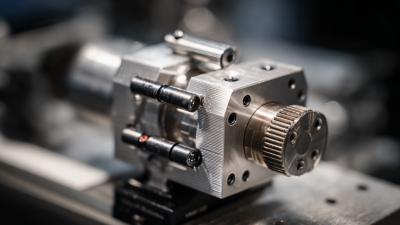


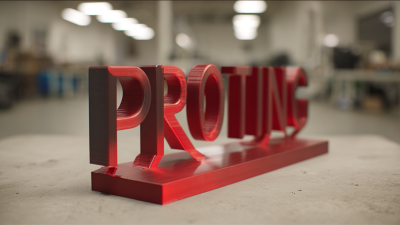
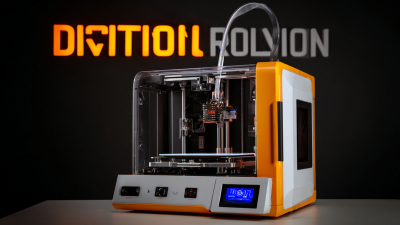
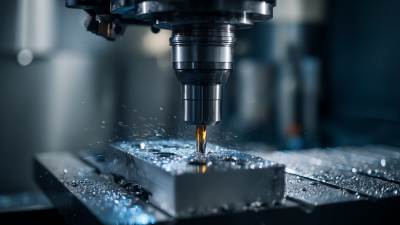
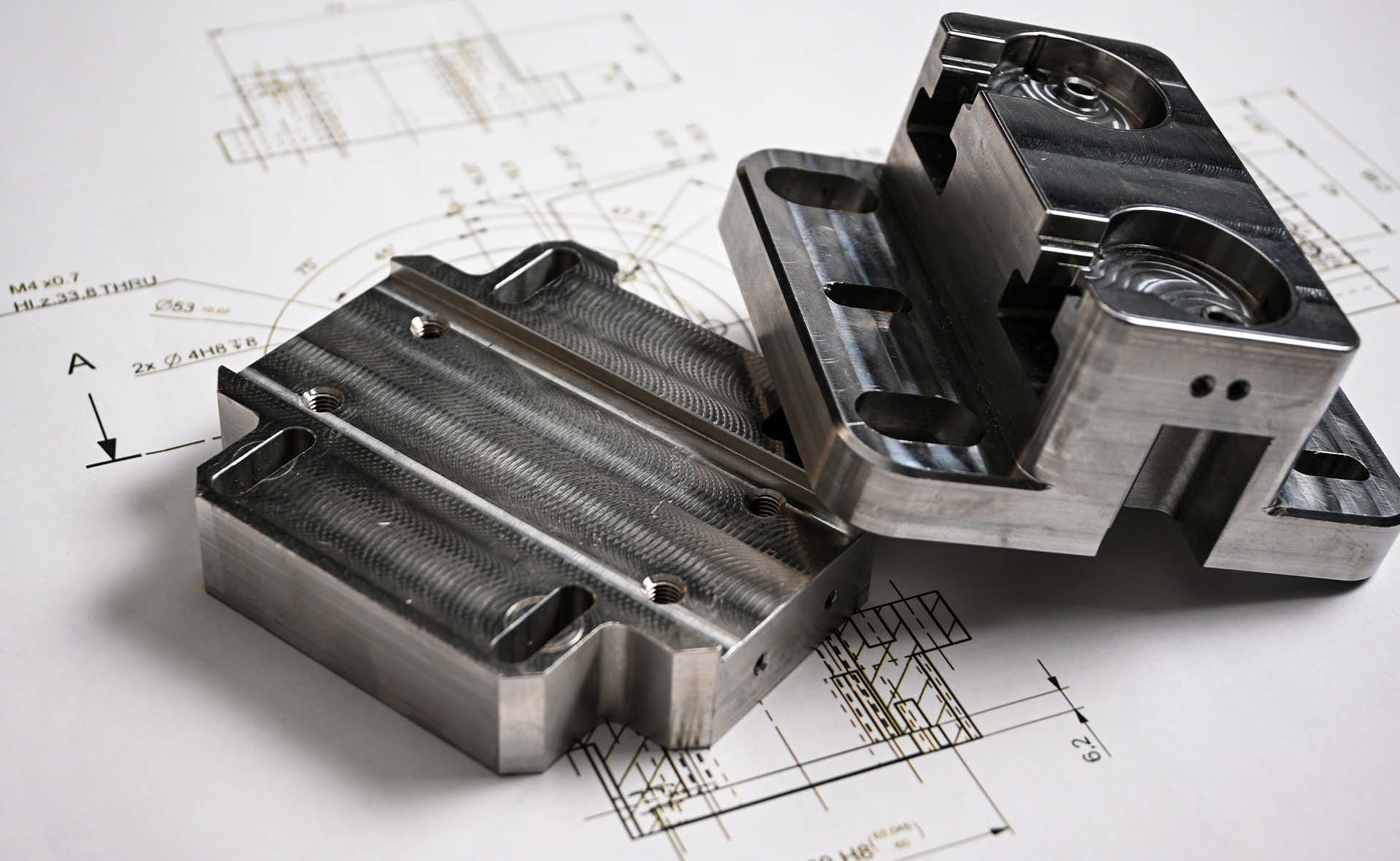
| Cookie | Duration | Description |
|---|---|---|
| cookielawinfo-checkbox-analytics | 11 months | This cookie is set by GDPR Cookie Consent plugin. The cookie is used to store the user consent for the cookies in the category "Analytics". |
| cookielawinfo-checkbox-functional | 11 months | The cookie is set by GDPR cookie consent to record the user consent for the cookies in the category "Functional". |
| cookielawinfo-checkbox-necessary | 11 months | This cookie is set by GDPR Cookie Consent plugin. The cookies is used to store the user consent for the cookies in the category "Necessary". |
| cookielawinfo-checkbox-others | 11 months | This cookie is set by GDPR Cookie Consent plugin. The cookie is used to store the user consent for the cookies in the category "Other. |
| cookielawinfo-checkbox-performance | 11 months | This cookie is set by GDPR Cookie Consent plugin. The cookie is used to store the user consent for the cookies in the category "Performance". |
| viewed_cookie_policy | 11 months | The cookie is set by the GDPR Cookie Consent plugin and is used to store whether or not user has consented to the use of cookies. It does not store any personal data. |

